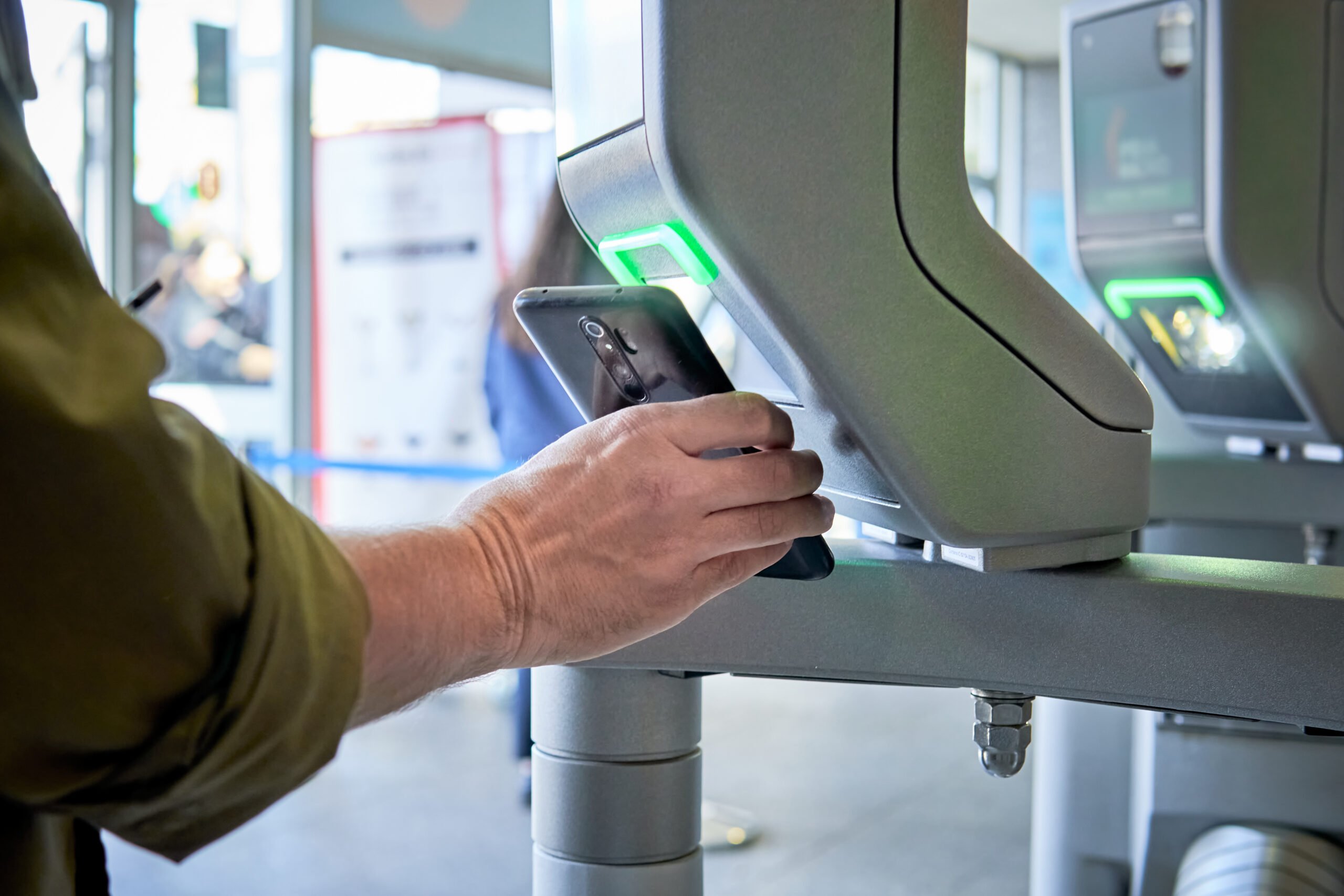Opioid overdose is a widespread problem in today’s society, and finding effective treatments to combat this issue is of utmost importance. With countless lives affected by this epidemic, it’s essential to explore the various options for combating and reducing the impact of opioid overdose. In this article, we’ll discuss four treatments for opioid overdose, covering their effectiveness, potential side effects, and more.
Naloxone as a Life-Saving Medication

Naloxone is a life-saving medication that has been proven to reverse the effects of an opioid overdose. This medication works by binding to the same opioid receptors in the brain that opioids bind to, effectively reversing the harmful effects of the overdose. Administered as an injection or nasal spray, it can quickly restore normal breathing in someone who has overdosed on opioids, but it is crucial to note that naloxone is not a one-size-fits-all solution and may not be enough in some cases.
While naloxone has saved many lives since its introduction, it is essential to understand that it is not a long-term solution for opioid addiction. It is a temporary measure that requires immediate follow-up with a longer-term treatment for opioid overdose incidents to ensure the person receives the proper care and support to overcome addiction.
Medication-Assisted Treatment Methods
Medication-assisted treatment (MAT) methods have been shown to be highly effective at preventing opioid overdose. These treatments rely on combining medication with counseling and behavioral therapy to provide a comprehensive approach to addiction treatment. The three most common medications used in MAT are methadone, buprenorphine, and naltrexone:
- Methadone has been used for decades as a crucial part of addiction treatment. It is an opioid agonist that works by binding to the same receptors as other opioids but without producing the same “high.”
- Buprenorphine is another medication for opioid addiction treatment. It is a partial opioid agonist, meaning it binds to opioid receptors but produces a lesser effect than full agonists like methadone.
- Naltrexone, on the other hand, is an opioid antagonist, which blocks the effects of opioids altogether. This can help prevent relapse but does not address withdrawal symptoms or cravings directly.
Inpatient and Outpatient Treatment Programs

Inpatient treatment programs provide a structured and supportive environment for individuals seeking help with opioid addiction. These programs often include detoxification, medication-assisted treatment, therapy, and counseling services. The primary goal of inpatient treatment is to stabilize the patient and provide them with the necessary tools and support to transition back into society and continue working toward recovery.
Outpatient treatment programs are another option for those seeking treatment for an opioid overdose. They allow patients to live at home while attending regular therapy sessions, support groups, and medical appointments. This treatment typically includes medication-assisted treatment, individual and group therapy, and ongoing support from medical professionals.
Peer Support and Harm Reduction Strategies
Peer support programs are a valuable aspect of opioid overdose treatment, as they involve individuals who have previously experienced addiction and can provide firsthand advice and support to others in similar situations. These programs can either supplement formal treatment or help individuals who are not yet ready to seek formal treatment. Through shared experiences and mutual assistance, peer support programs can foster a sense of community, reduce the stigma surrounding addiction, and promote long-term recovery.
Harm reduction strategies are another essential part of addressing opioid overdose. These strategies aim to minimize the risk associated with opioid use rather than eliminate use altogether. Examples of harm reduction approaches include supervised consumption sites and overdose prevention education. While these strategies do not directly treat opioid addiction, they can significantly reduce the risk of overdose and create opportunities for individuals to seek treatment when they are ready.
Altogether, understanding and exploring the various treatments for opioid overdose is crucial to combat this pervasive issue. By utilizing medication-assisted treatment, inpatient and outpatient programs, peer support, and harm reduction strategies, individuals suffering from opioid addiction can find the help and support they need to overcome this challenging disease.






















